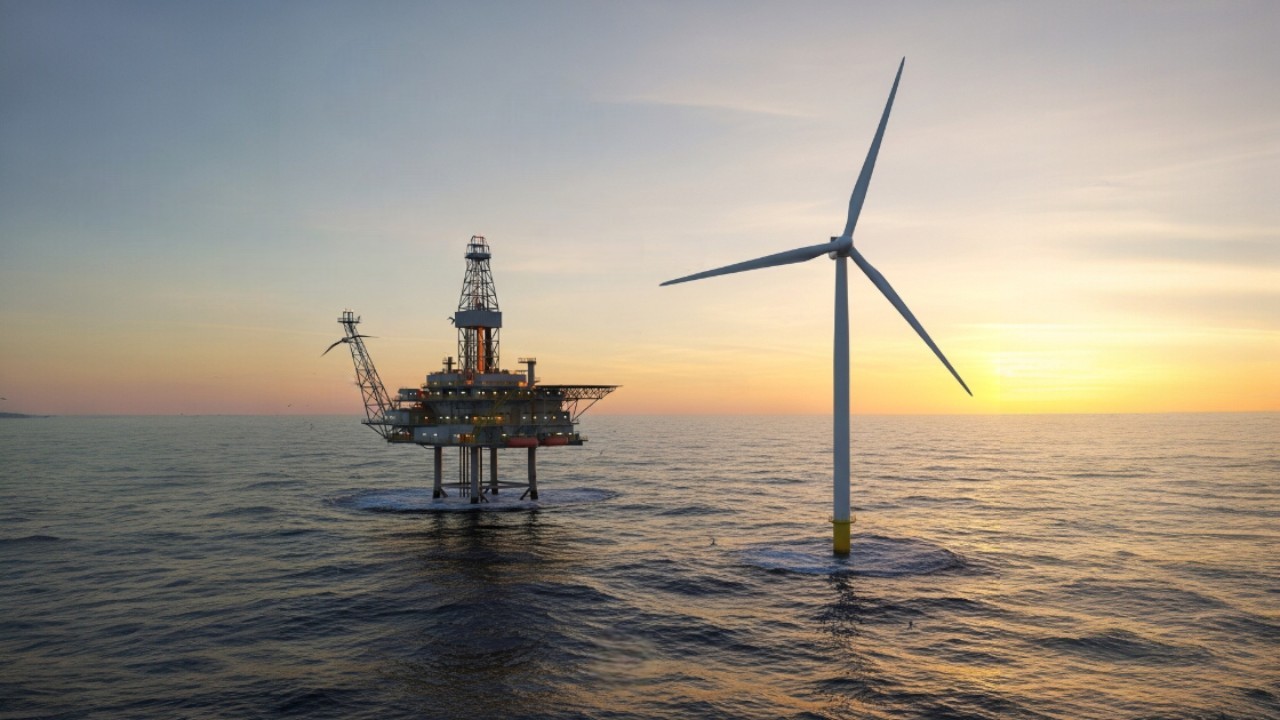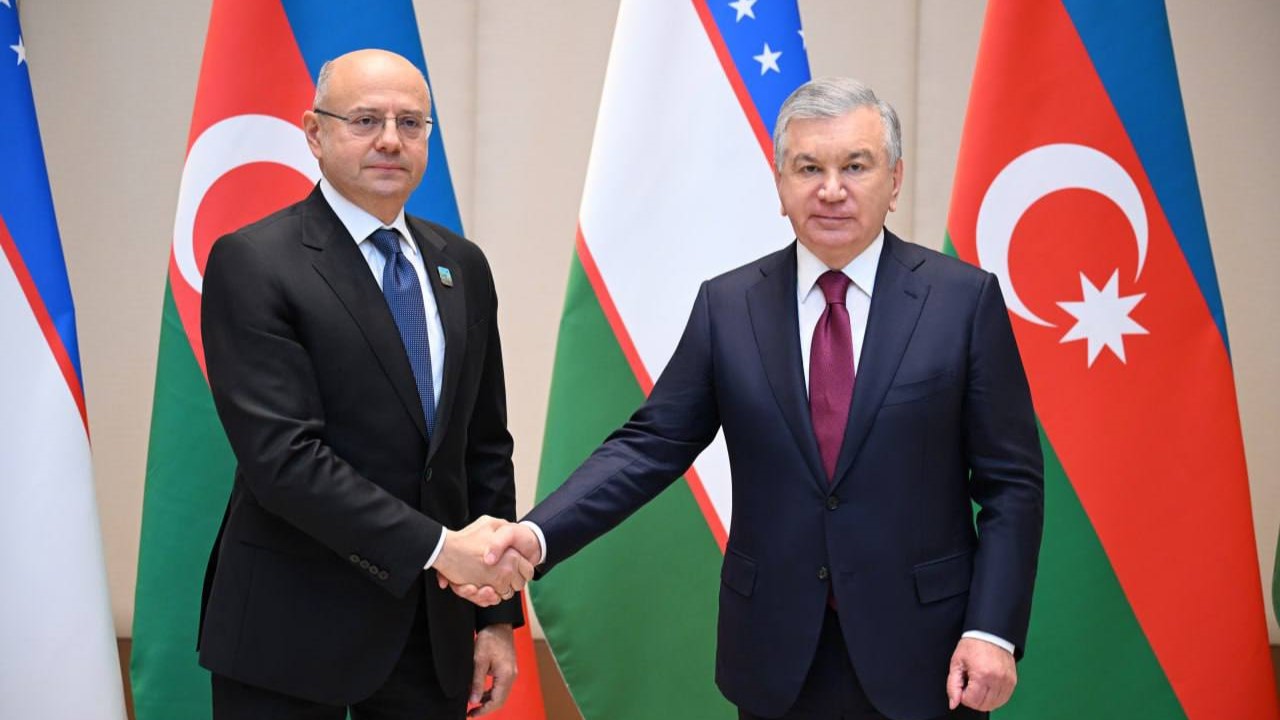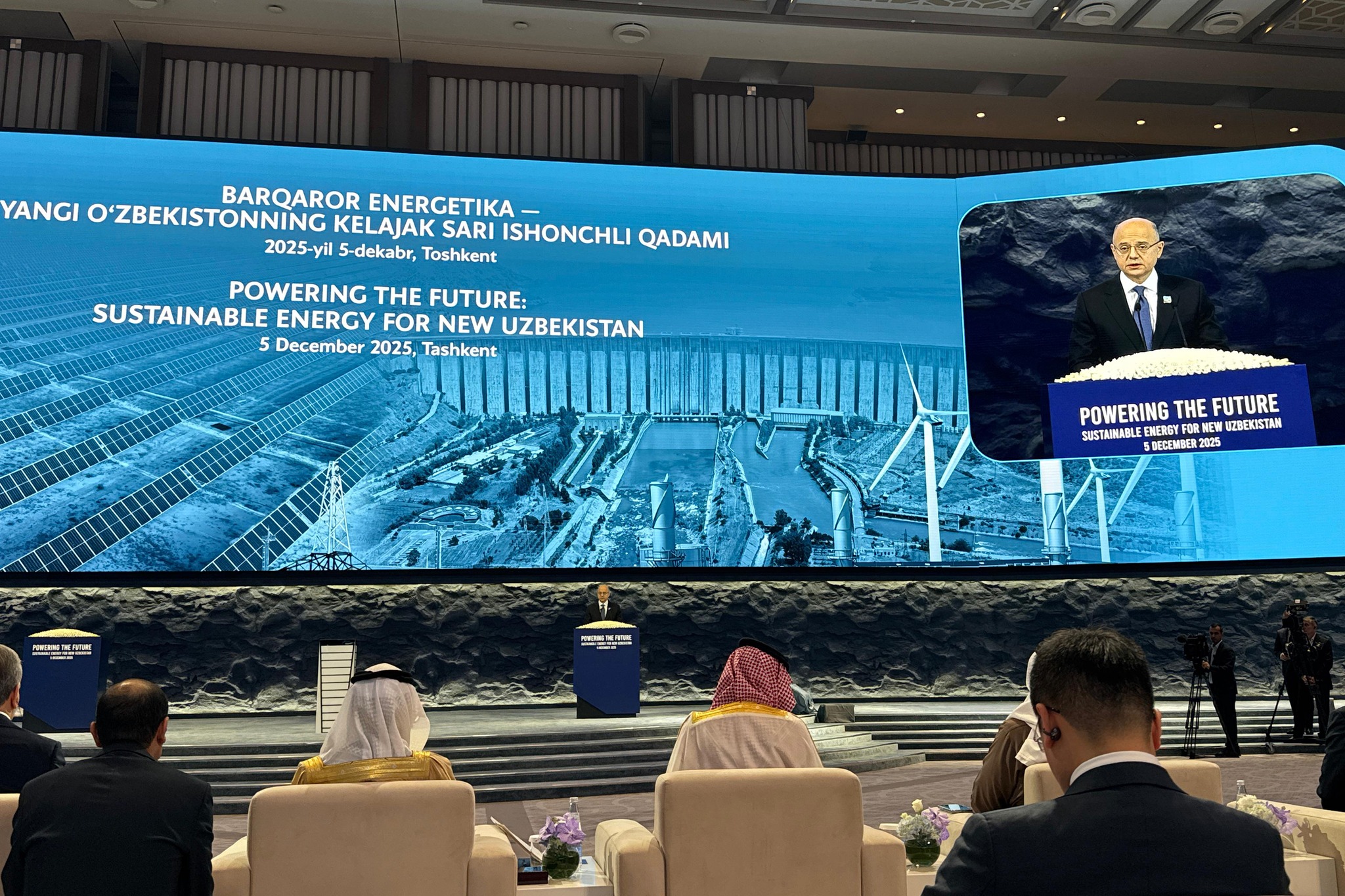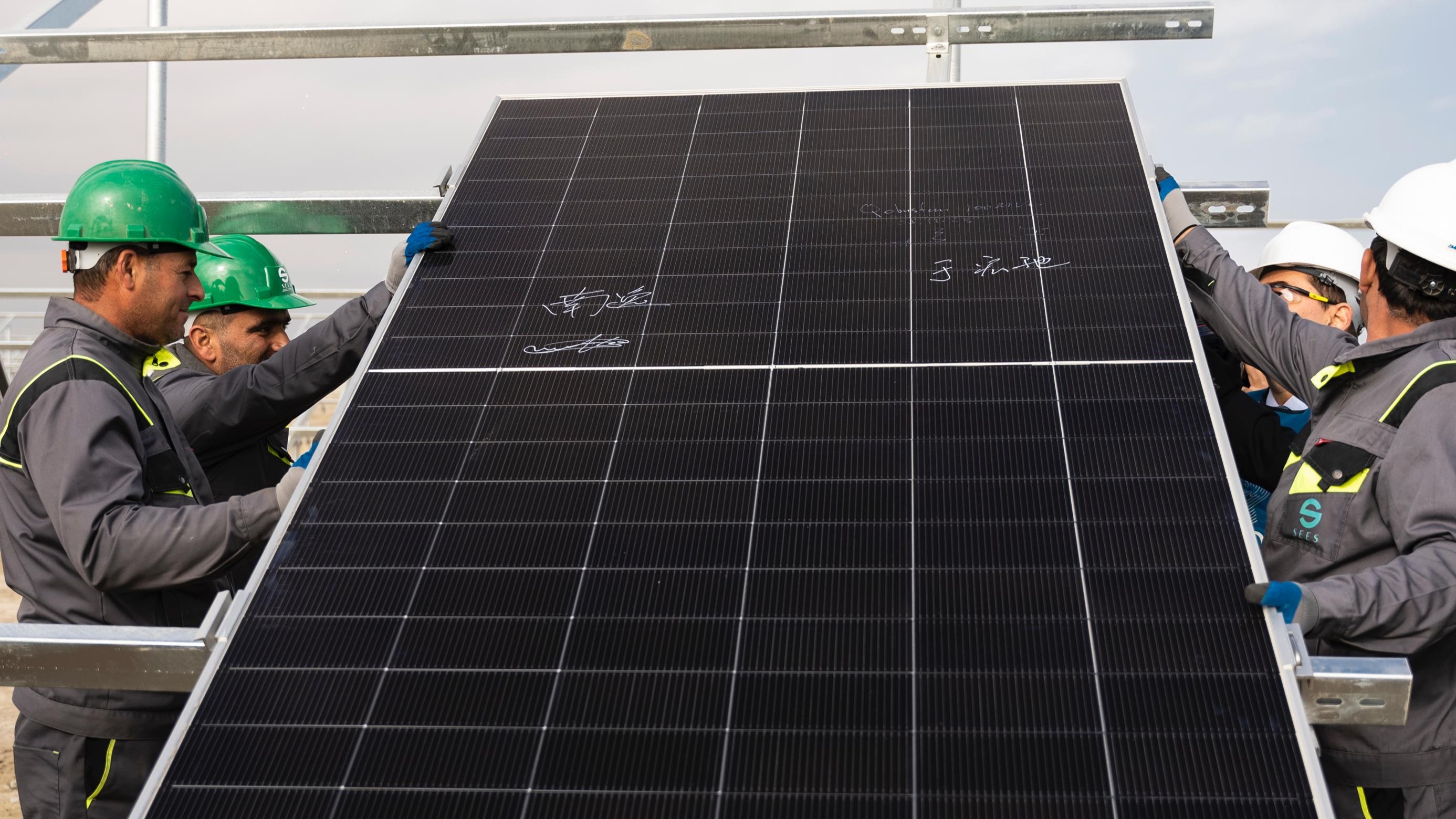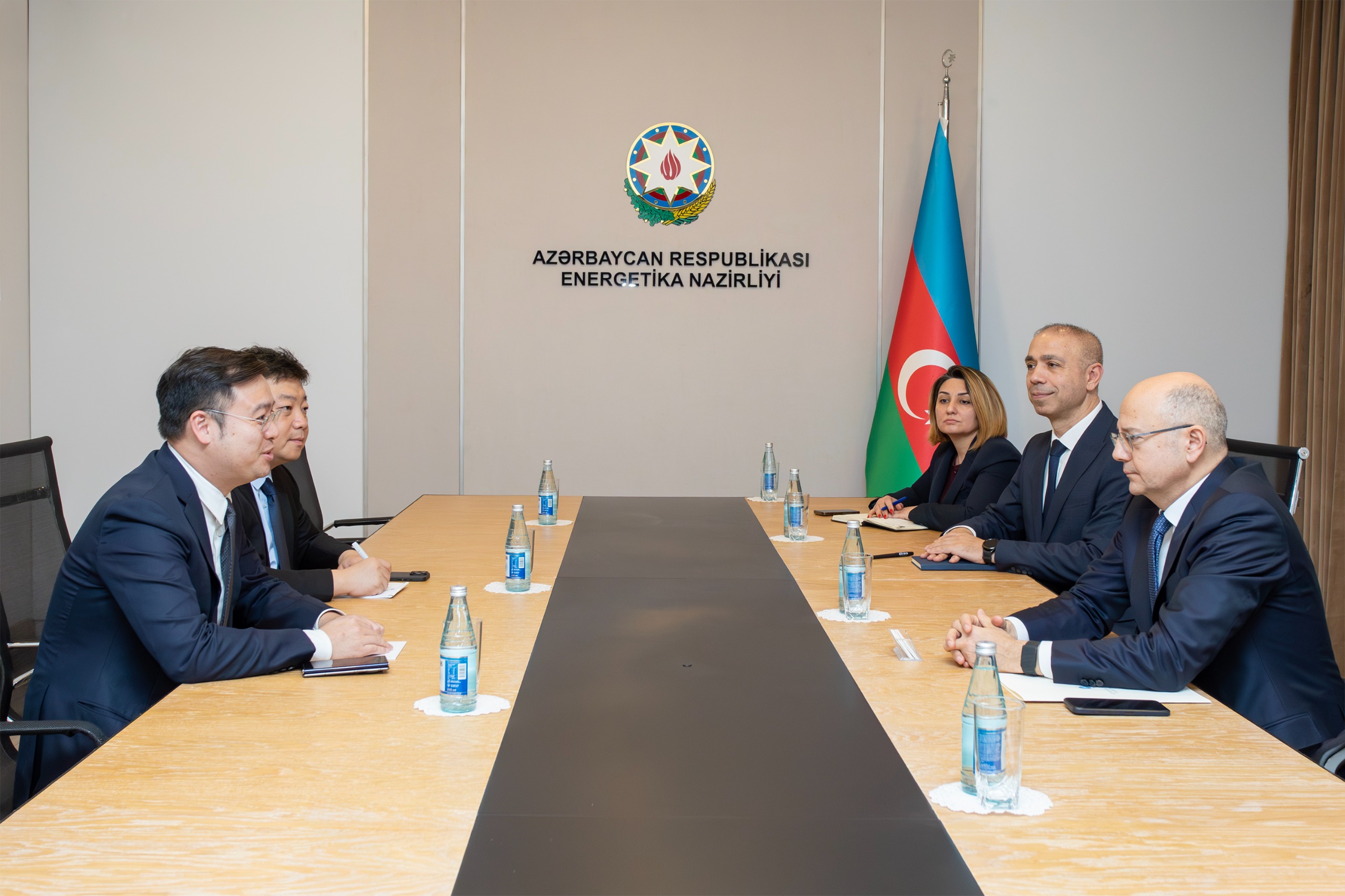On September 20, 1994, the “Contract of the Century” was signed, marking the starting point of Azerbaijan’s energy diplomacy in the post-independence period. Oil pipelines became the backbone of the country’s economic development, putting Azerbaijan on the global energy map and serving as an important platform for regional cooperation.
Today, new priorities are taking shape on the global energy agenda. Large-scale renewable energy projects in Azerbaijan, the development of wind energy potential in the Caspian Sea, and international partnerships form the foundation of this new phase.
Amid climate challenges, Azerbaijan’s energy policy is undergoing a strategic shift from “black gold” to green energy.
The green energy corridors initiated by Azerbaijan run from the Caspian Sea to the Black Sea, from Central Asia through Azerbaijan to Europe, and from Nakhchivan through Türkiye to Europe. The goal is not only to export renewable energy resources but also to transform the region into a green energy hub.
Thus, the country is moving from the image of a “nation of oil pipelines” to a center creating “green energy corridors,” marking a new phase both economically and geopolitically.
The new strategy rests on two key pillars: first, directing revenues from oil and gas toward renewable energy projects, and second, ensuring that clean energy sources play a central role in regional energy security. This approach supports both the diversification of energy exports and the long-term economic stability of the country.
Thus, Azerbaijan is shaping a balanced energy model: safeguarding the advantages of existing oil and gas resources while at the same time advancing the transition toward a “green economy.” This dual approach positions the country as one of the leading examples of sustainable development in the region.
Azerbaijan’s long-standing experience in the oil sector enables the faster and more effective implementation of its green energy strategy, strengthens energy security, and diversifies export opportunities.


